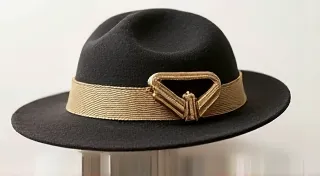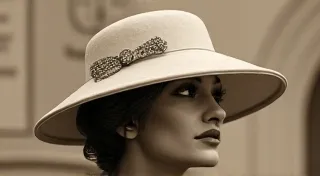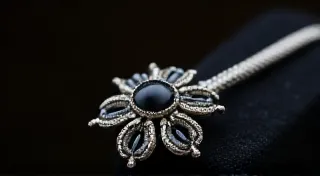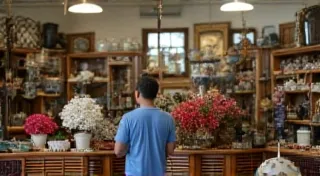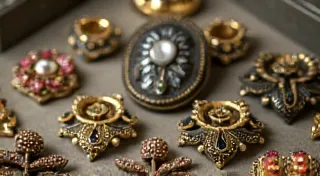Recognizing Repaired or Restored Antique Hat Pins
Antique hat pins are delicate treasures, often bearing the marks of time and use. While some wear is expected and even desirable, many have undergone repairs or restoration at some point in their history. Knowing how to identify these alterations is crucial for collectors – it directly impacts the value and authenticity of the piece. This article will guide you through common signs of repair and restoration in antique hat pins, helping you make informed purchasing decisions.
What's the Difference: Repair vs. Restoration?
Before we dive into identifying the signs, let's clarify the difference between repair and restoration. A repair typically addresses a specific damage, like a broken stem or a missing embellishment, using methods and materials as close to the original as possible. It aims to make the pin structurally sound again. Restoration, on the other hand, is a more extensive process intended to return the hat pin to what it *appears* to have been like when new. This often involves cleaning, polishing, replacing missing elements, and potentially re-soldering.
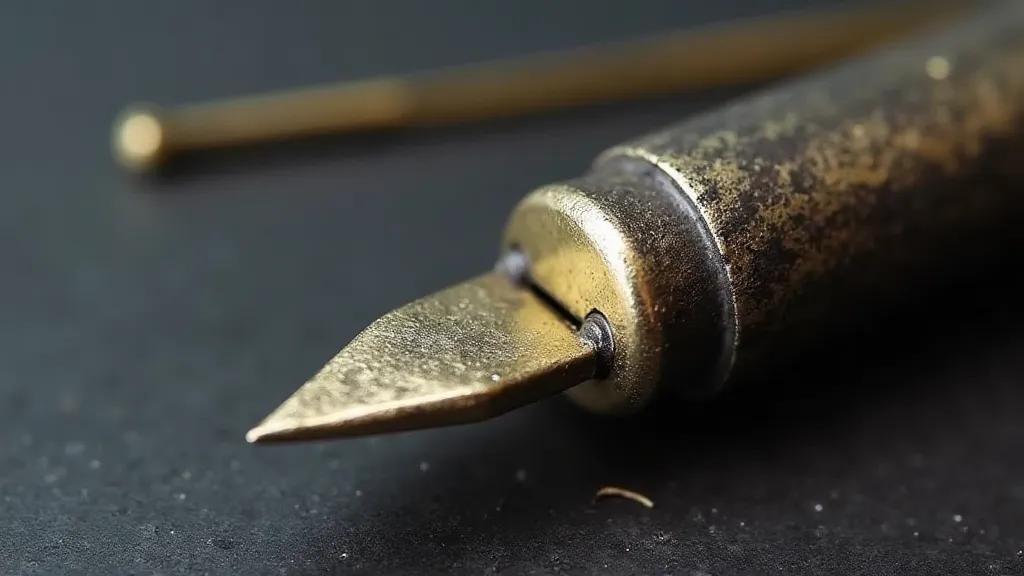
Common Signs of Repair
Here are some things to look for when examining an antique hat pin to determine if it has been repaired:
- Solder Joints: These are the most obvious sign of repair. Look carefully at the connection points between the stem and the head, and between any decorative elements. A visible, slightly different colored solder joint indicates a repair. The color of the solder may be a different shade than the original metal.
- Mismatched Metal: If you see a slight variation in the color or texture of the metal, it could signify a replacement component. Sometimes, replacement stems or heads are made from a slightly different alloy. This can also indicate a repair was needed, as sourcing original materials can be challenging.
- Uneven Wear Patterns: While some wear is normal, significant differences in wear between the head and the stem, or among decorative elements, may indicate a replacement. A newly replaced piece would have less wear. Understanding the common popular hat pin designs, such as flowers, animals, and figurines, can also provide context for expected wear patterns.
- Visible Tool Marks: Repairs often leave subtle marks from tools used to manipulate the metal. These are usually very small and require a jeweler’s loupe to see clearly.
- Re-Patinations: Occasionally, a repair might involve re-patinating the metal to try and match the original aging. This can look artificial or uneven.
Common Signs of Restoration
Restoration is more involved and aims to improve the pin's overall appearance. Look for these signs:
- Excessive Polishing: While gentle cleaning is acceptable, heavy polishing can remove the original patina and texture, making the piece look overly shiny and new. It can also highlight imperfections that would otherwise be obscured. It’s a practice that often obscures the story of the pin.
- Re-Attachment of Embellishments: Missing beads, gemstones, or enamel pieces are sometimes replaced. Carefully examine these replacements for color and style inconsistencies with the original. This is especially relevant if the pin's design is part of a themed hat pin collection focused on birds, insects, or other specific subjects.
- Professional Cleaning Marks: Some professional cleaning processes leave subtle scratches or markings on the surface of the metal.
- Perfectly Cleaned Surface: While clean, a hat pin will almost always have signs of wear or dirt. A pin that looks *too* clean might be a sign of restoration.
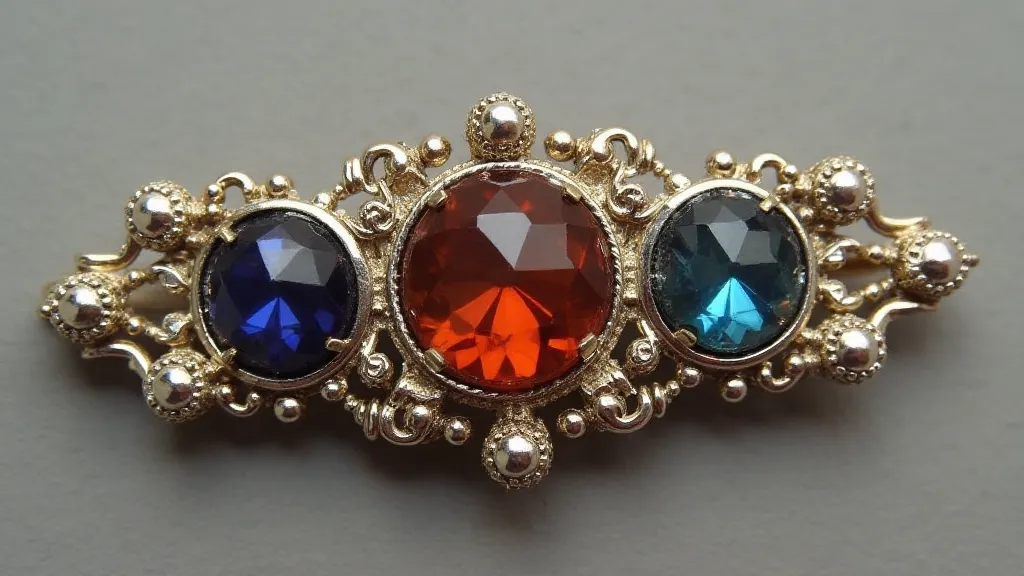
The Historical Context and Decline of Hat Pins
To truly appreciate the challenges of assessing antique hat pins, it's useful to understand their history. The Victorian era and the early 20th century were the golden age of the hat pin, a testament to a time when hats were a daily necessity and a significant fashion statement. Understanding the decline of the hat pin helps understand why more restorations are seen than might be imagined - as their popularity waned, many fell into disrepair and were subsequently “saved” through restoration. The reasons for this decline, encompassing changing fashion trends and practicality concerns, impacted the prevalence of repairs and restorations.
Impact on Value and Collector Considerations
The presence of repair or restoration can significantly affect the value of an antique hat pin. Generally:
- Minor Repairs: Well-executed minor repairs, using appropriate materials and techniques, typically have a small impact on value, especially if they maintain the pin's integrity and appearance. It's important that the repair doesn’s detract from the piece’s charm or history.
- Extensive Restoration: Significant restoration, especially if not done skillfully or using inappropriate materials, can substantially *reduce* the pin's value. Collectors often prefer pieces with authentic patina and minimal alteration. While restoration can preserve a fragile piece, it can diminish its historical significance.
- Disclosure is Key: Always ask the seller for complete transparency regarding any repairs or restoration. Honest disclosure can build trust and allow you to make a fair assessment of the pin's worth. The better informed a collector is, the more confidently they can make a purchase decision.
- Authenticity and Materials: The materials used in repairs and restorations are paramount. Using modern materials where originals should be is a significant detriment to value. Collectors are often particularly sensitive to the provenance and authenticity of delicate enamel work, a characteristic found in many rare and unusual antique hat pins.
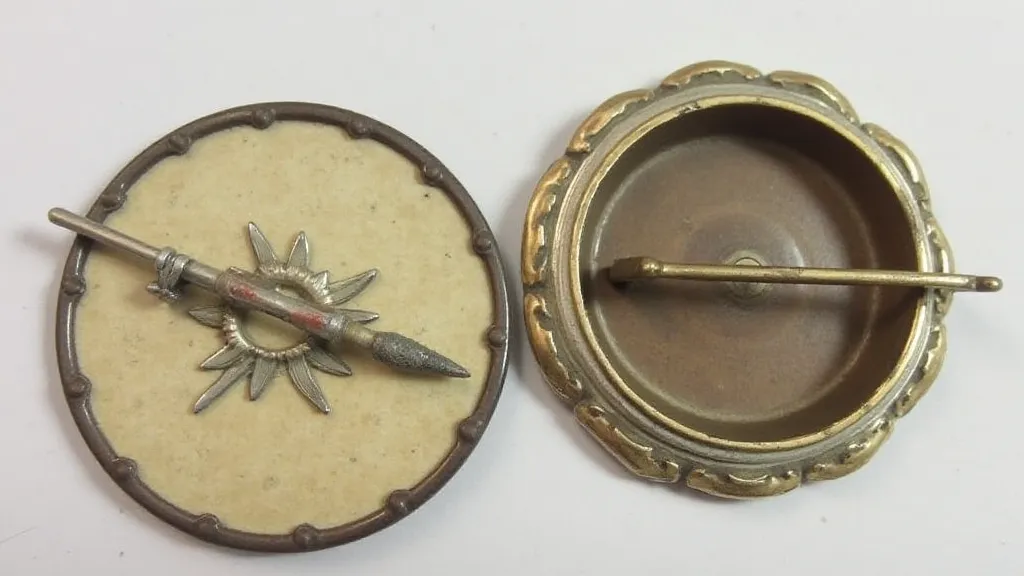
Detailed Examination Techniques
Beyond the readily apparent signs, a meticulous examination is crucial. This includes:
- Magnification: A jeweler’s loupe (10x or higher) is invaluable for identifying fine details like solder joints and tool marks.
- Material Analysis: While not always feasible for the average collector, identifying the composition of the metal and embellishments can reveal inconsistencies.
- Weight and Balance: Significant differences in weight or balance can indicate replacement components.
- Close Observation of Patina: The natural aging process creates a unique patina. Inconsistencies in the patina’s color, texture, and distribution are red flags.
Conclusion
Identifying repairs and restorations on antique hat pins requires careful observation and a good understanding of the aging process and common repair techniques. While a few minor repairs might not be a deal-breaker, extensive restoration can negatively impact the pin’s value and desirability. By honing your observation skills, you can become a more discerning collector and acquire pieces that are both beautiful and authentic. Understanding the historical significance and common designs, as explored in various resources, will provide invaluable context for your collecting journey.
